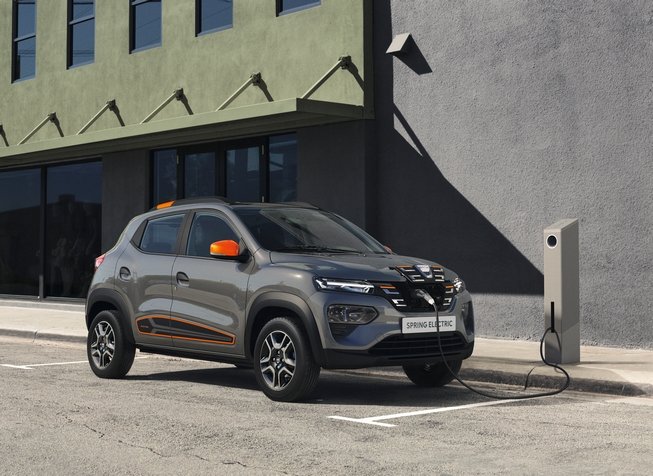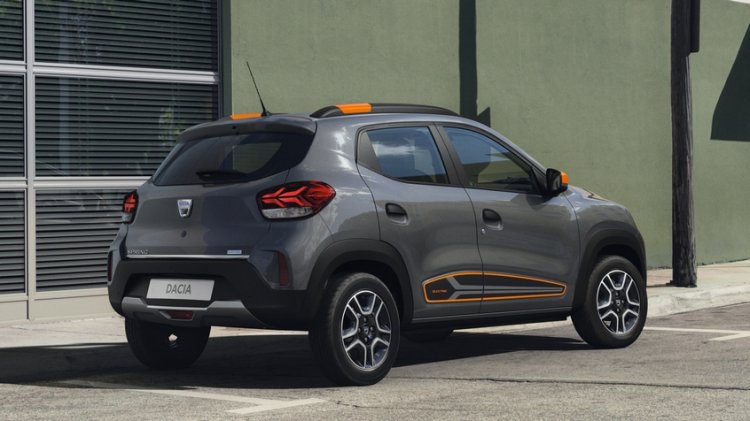Using the most of its versatile CMF-A platform, the Renault Group has unveiled a new all-electric vehicle in the shape of the Dacia Spring Electric. If the car looks familiar, it’s because the Spring Electric was earlier showcased to the India public as the Renault Kwid EV. The all-new EV will feature a 33kW electric engine and is all set to become Europe’s most affordable all-electric vehicle. Bookings for the Spring Electric will commence by Spring 2021 and will be available to purchase in two versions - one adapted for car-sharing platforms and one as a cargo-utility vehicle for last-mile transportation.
Starting with its looks, the Dacia Spring Electric looks pretty much identical to the new Renault Kwid Climber. Instead of a bold Renault badge up front, European buyers will find a Dacia badge instead. The closed-off grille also doubles as the protective cover for the battery charging socket. Another change that European buyers will get over the Renaut Kwid are the star-shaped dual-tone alloy wheels. Step inside and the all-new Spring Electric gets a contemporary looking cabin that is not far off from the design of that of the Renault Kwid. You get a chunkier-looking steering wheel, with a familiar all-digital instrument console and 3.5-inch display in the front. Besides that, you get a 7-inch touchscreen infotainment system with Android Auto/Apple CarPlay and a rotary dial-style gear knob. To reinstate the all-electric nature, the Datsun Spring Electric also features blue accents around the AC vents, centre console and on the seats.
When it comes to the powertrain, the all-electric Dacia Spring gets a 33kW electric motor that draws power from a 26.8kWh battery pack. With a full charge, the Spring Electric can return a range of 225km, according to the WLTP running cycle. Charging the Dacia Spring Electric up to 80 per cent charge using a 30kW DC charging station takes less than one hour, while charging up to 100 per cent from a standard wall socket takes under 14 hours. You also get 7.4Kw AND 3.7kW charging wall sockets which can charge the batteries to 100 percent in 5 and 8.5 hours, respectively.
fromIndian Autos Blog



Comments
Post a Comment